| Title | Against This Messy World |
|---|---|
| Director | AW See Wee |
| Producer | AW See Wee |
| Editor | Sean Shao Chi YAP |
| Music | YII Kah Hoe |
| Country | Malaysia |
| Year of Production | 2023 |
| VDP Selection Year | Laugh!-2023 |
| Screen Time | 26min17sec |
| Language | Mandarin, English, Malay |
| Subtitles | English/Japanese |
Overview
“Against this Messy World” is a deeply introspective and visually captivating short documentary that delves into the heart and soul of artistic expression within Malaysia’s complex political and societal landscape. A personal exploration, narrated by Malaysian artists, this documentary takes viewers on an evocative journey to understand the essence and purpose of being an artist in a world marked by chaos and uncertainty and piece together conversations and unfiltered moments in their lives.
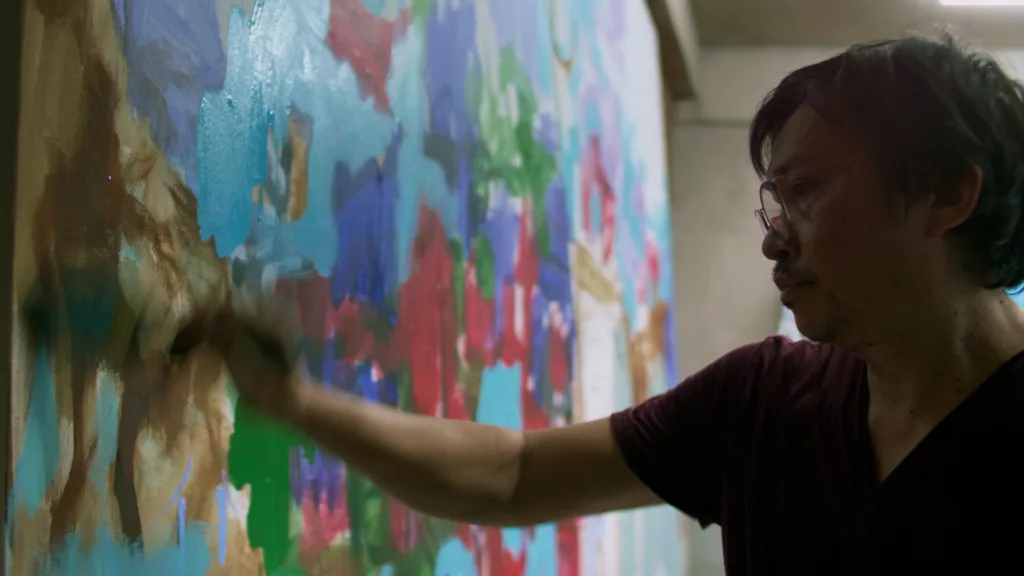
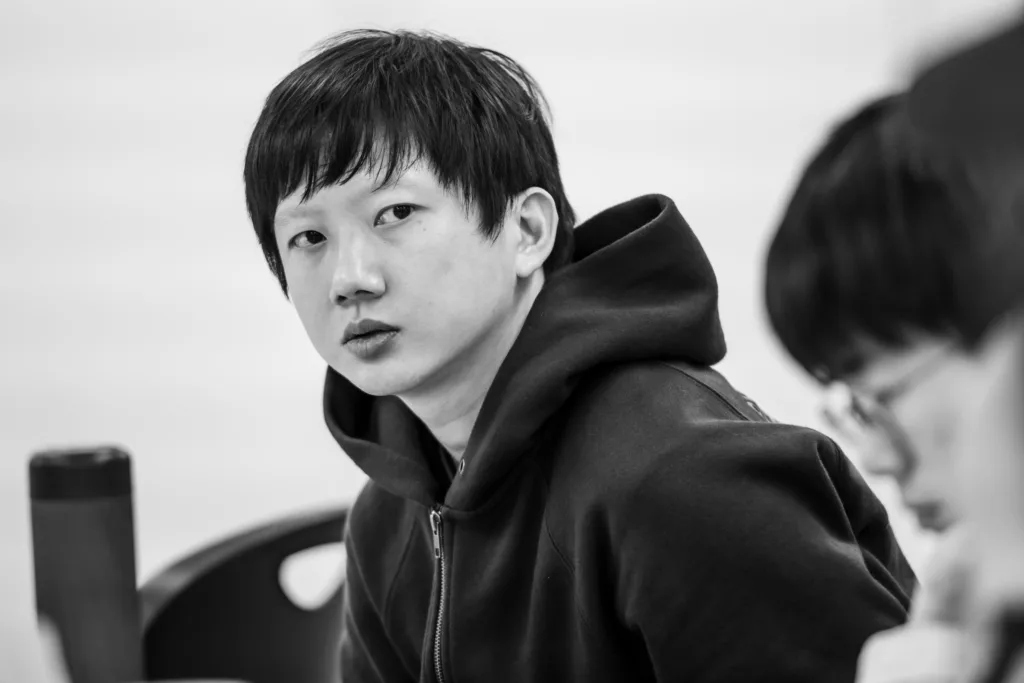
Aw See Wee
Director
Aw See Wee was born into a ceramic making family in Malaysia. He studied filmmaking at the National Taiwan University of Arts. His film works mostly focus on human relationships as well as social phenomenon. Former works has been screened at festivals such as Camerimage, FAJR Film Festival, Cinema-Verite, Clermont-Ferrand, Busan (BISFF), and Oaxaca Filmfest. By exploring different ways of storytelling, See Wee is currently developing a fiction feature film as well as documentaries and animation. Aside from directing See Wee is also involved in many projects in location sound, sound design & cinematography that have helped him to experience more and improve on his visual and audio storytelling skills. He was also the guest lecturer at the New Era University College and Universiti Malaysia Sarawak (UNIMAS).
Rina B. Tsou
Assistant Director
Rina B. Tsou is a Filipina-Taiwanese filmmaker who graduated from the Motion Picture Department of National Taiwan University of Arts. Having spent her life first in Manila, then in Taipei, and now in Kuala Lumpur, a multiracial and multilingual journey of homes has immersed her in east and south-east Asian cultures. This upbringing has helped her develop visions towards her film creations and deep empathy toward migrant welfare and human rights. These she has applied to issues raised in her films, showcased in international festivals such as Cannes, Busan (BIFF), MoMa Doc Fortnight, and the acclaimed Golden Horse Awards in Taiwan. Based in Kuala Lumpur, she is currently working on both fiction and documentary films, exploring possibilities of different narratives. Rina also devotes herself to social work and movements engaged in migrant issues; from regular visits caring for stateless children in Taiwan; to talks and community exchanges; to creative workshops for children and youth in typhoon disaster areas in the Philippines; and to forming alliances with migrant youth in Taiwan.
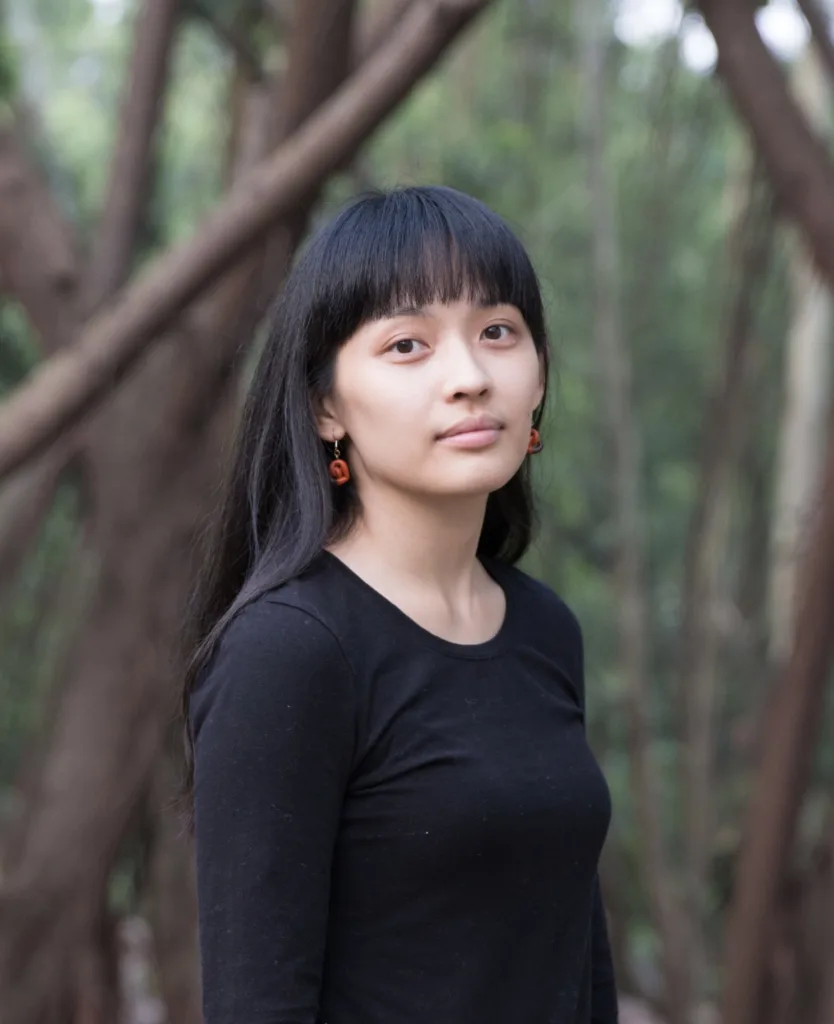
Interview with the Director
Why did you make this documentary?
How did you come to work on this theme?
I always wonder, why do people make art? Growing up Malaysia society, we are often told that art is something that you don’t want to do. It doesn’t make you money nor bring you fame. So why bother? I began my journey for this documentary with many questions, encountering different styles and backgrounds of Malaysian artists and having some conversations with them.
They, fellow artists, remind me the filmmaker, to have a voice and do something.
Commentary from the Screening Committee Members
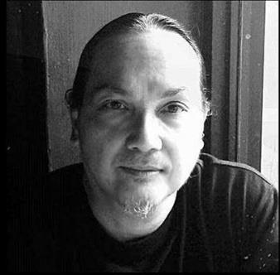
Edward Paciano Delos Santos Cabagnot
Film Educator, Festival Programmer, Writer, Artist
“Against this Messy World” is a visually arresting documentary celebrating Malaysian creativity -one that cuts across racial divides as well as different art forms. At the heart of this engaging panorama on community-based culture are its generous subjects -the Chinese Malaysian experimental musical artist, the Indian Malaysian thespian and performance artist, and a Kampung-based printmaking commune. The work is playful in an organic manner with a storytelling style that allows for many pleasant surprises. It succeeds in projecting the diverse colours of the Malaysian arts and culture scene. But more importantly it presents how each hue contributes to a notion of unity in Diversity.
Commentary for deeper understanding
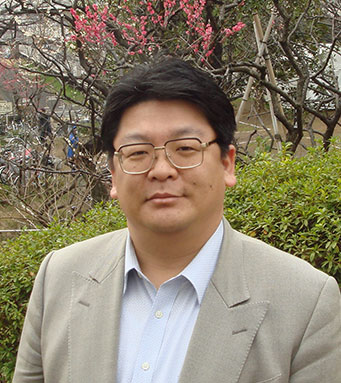
Yamamoto Hiroyuki
Malaysia, which forms the backdrop for “Against This Messy World,” is known as a multi-ethnic and multi-lingual society, and this documentary features the major ethnic groups and regions of Malaysia. Yii Kah Hoe is a Chinese composer from Sarawak and a performer of the Chinese flute dizi and xiao. Pangrok Sulap is an art collective based in Sabah, Borneo which works across various fields especially with woodblock prints.
In the documentary, Fuad talks in in English, Yii in Chinese (Mandarin), Jo in English, and Pangrok Sulao in Malay (and in places Kadazandusun), and they all reflect the multilingual nature of Malaysian society. What is interesting is that the conversation with the listener, that is, the director/producer, is in all languages, a notable feature of Malaysian society where people speak more than one.
Although the four artists in the documentary do not meet each other, the link between each of them is smoothly conveyed as shown in the Pangrok Sulap woodblock print in Jo’s room. Including these four vignettes in the documentary highlights the reality of those regional disparities within Malaysia, which is experience economic development at a national level. Art is not appreciated in rural areas, so people go to urban areas, but there, in the cities, they suffer traffic jams. Rain that is welcomed in rural areas for enriching crops and land can become a disaster in urban areas. Politicians who should be working to close the gap between urban and rural life, jump around like frogs, switching between different partners for their own immediate benefit, buying votes to win elections and trying to silence politicians or activists who criticize them.
The artists are fighting against authority where they are, but domestic issues are linked to global issues. That it wasn’t Magellan who first circumnavigated the world, but Enrique from Malacca -forced to accompany Magellan on his voyage as a slave- reminds us that the world is not dominated by the activities of Westerners, but by those (local people) who supported them which challenges a Western- / development-centric view of the world. Just as a bright landscape can be seen as we come out of the darkness of the tunnel at the end of the documentary, there is the hope that there will be a brighter world that opens up“against this messy world.”
Related Films
-
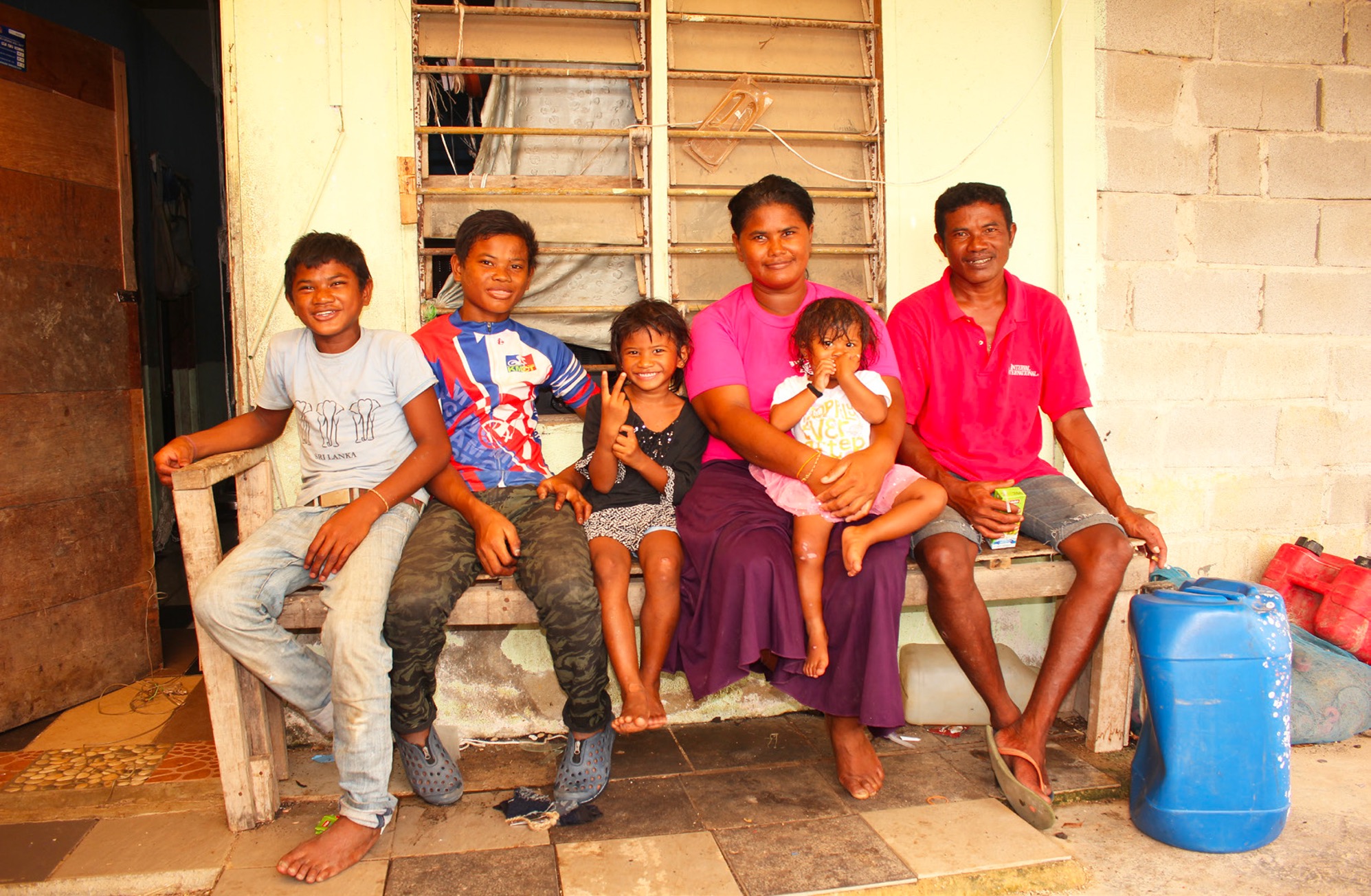
White Egret
White Egret focuses on the Orang Seletar, an indigenous people who lead a life afloat in Johor Bahru, Malaysia. Focusing on Ain and Nasir, a couple, the documentary draws out how their move from the sea to a coastal village has affected their lifestyles and livelihoods. The couple describe both the resilience their community has shown, as well as the uncertain future they face, in a period of rapid social transformation.- Country
- Malaysia
- Director
- Loh Yoke Ling
- Time
- 23min
-
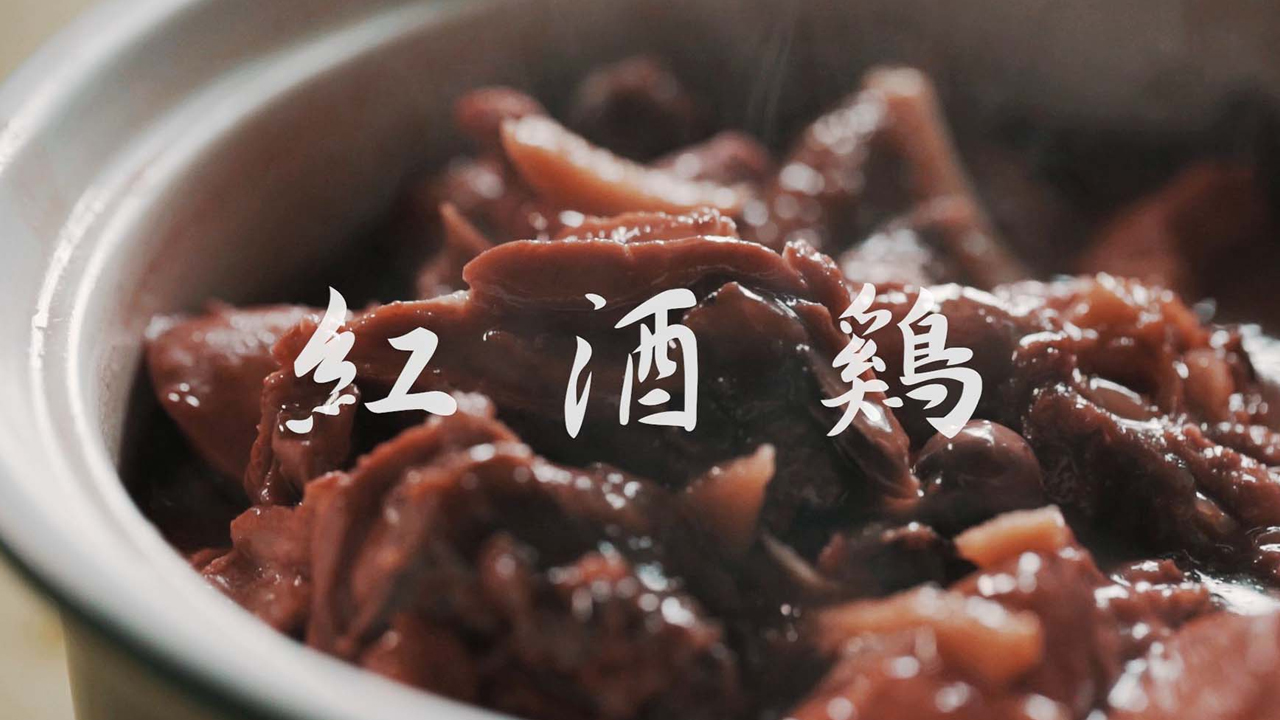
Red Wine Chicken
Red Wine Chicken focuses on a Vietnamese bride, Ah Jiao, married to a Malaysian man living in Bukit Pelanduk, in the state of Negeri Sembilan, Malaysia. The documentary focuses on their relationship with Ah Jiao reflecting on her place in her family. Weaving the story around Fuzhou red wine chicken, a traditional delicacy, family and food, this work dwells on the different ways people relate to each other.- Country
- Malaysia
- Director
- Grace Chung Lay Woei
- Time
- 16min
-
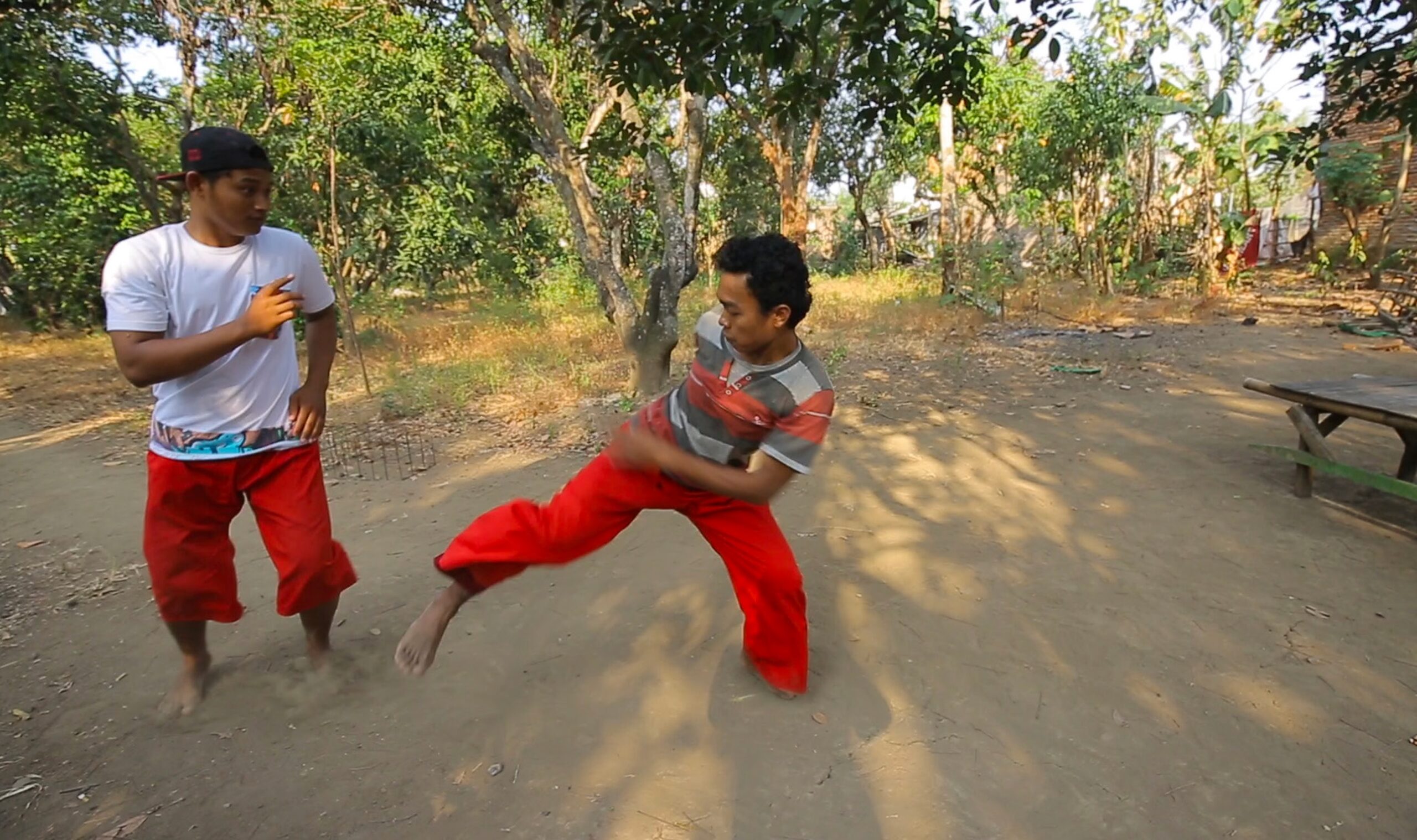
The Fighter
“The Fighter” introduces Pencak Dor martial arts fighting and the story of Pati, who aims to compete in the ring. Yudi, an experienced fighter, trains Pati and other Silat students. The ‘free ring’ format of Pencak Dor contests have become a magnet for fighters wanting to test their strength and demonstrate skills in combat. With no winners nor losers, no insurance and only special prayers for safety, the Fighter focuses on the role and development of Pencak Silat in the fighters’ everyday lives.- Country
- Indonesia
- Director
- Marjito Iskandar Tri Gunawan
- Time
- 26min
-
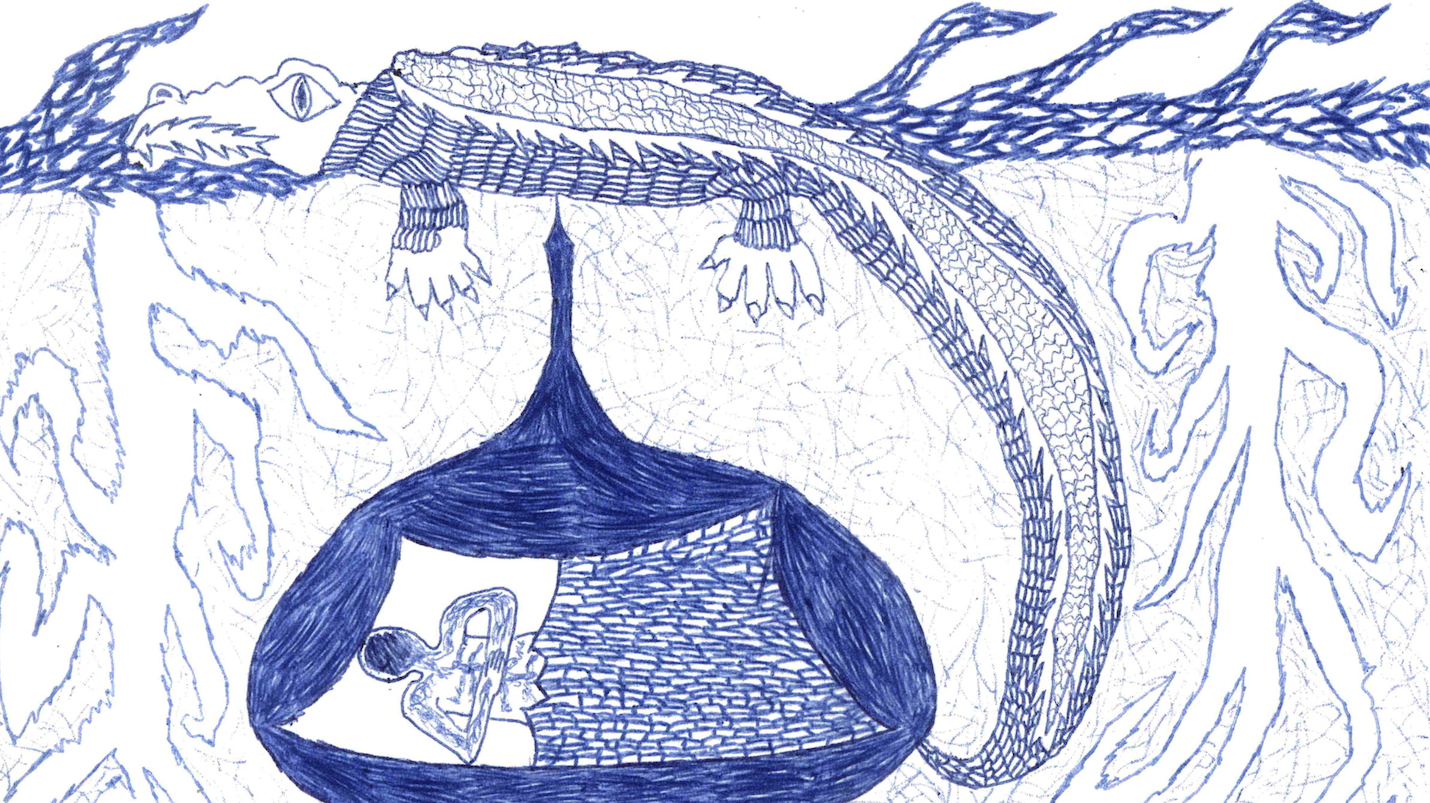
Saya di Sini, Kau di Sana (a Tale of the Crocodile’s Twin)
Crocodiles and humans must share living space within the red zone (tsunami-prone zone). There, they live suspiciously of each other. "Saya di Sini, Kau di Sana" is a thought-provoking documentary film that embarks on a journey to rediscover and reinterpret ancient knowledge preserved in local archives, folk tales, and myths. It delves into the intricate relationship between old narratives and contemporary ecological understanding, uncovering how they can offer valuable insights into our current environmental challenges.- Country
- Indonesia
- Director
- Taufiqurrahman Kifu
- Time
- 18min
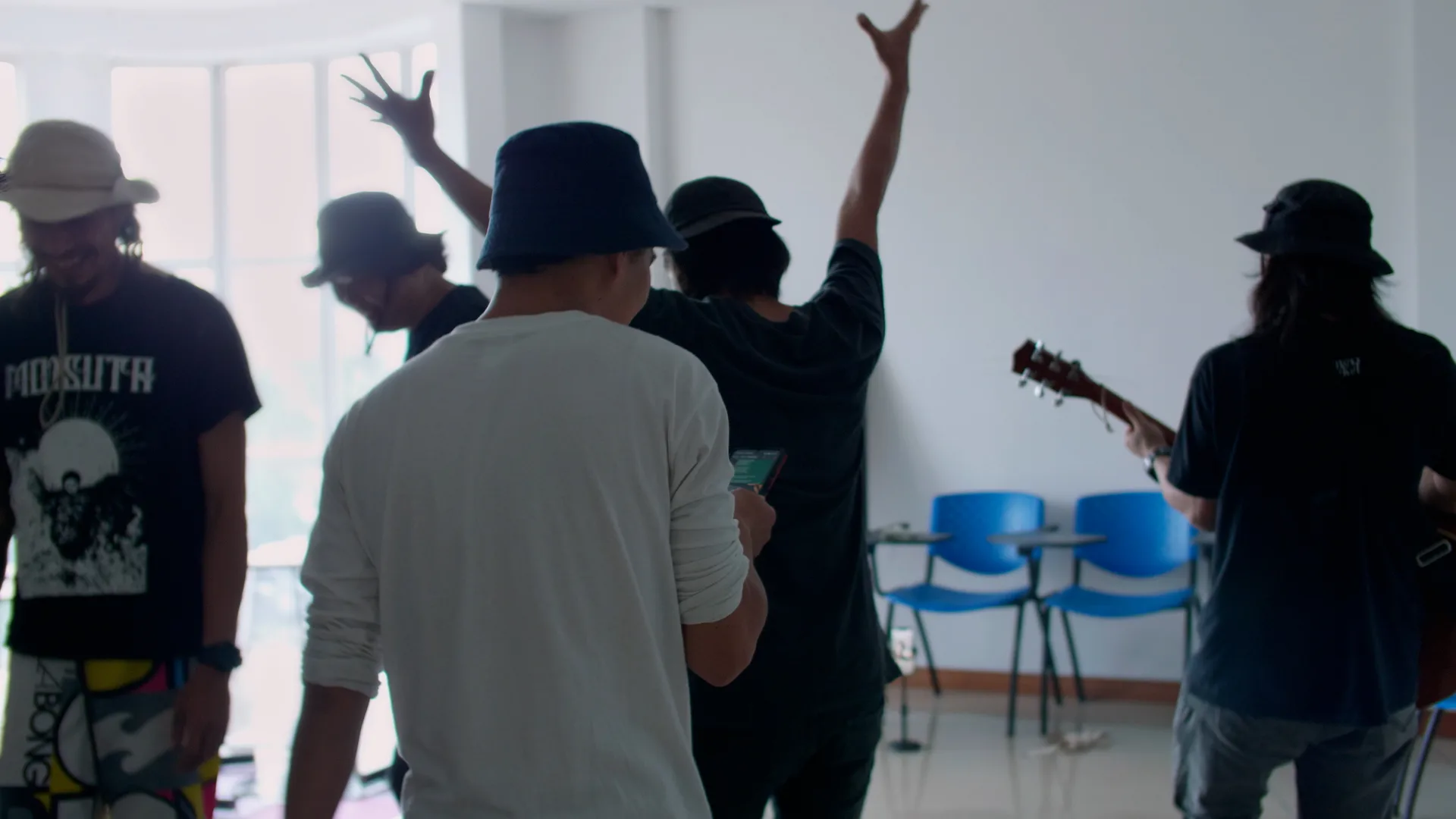
Yamamoto Hiroyuki
Associate Professor, Center for Southeast Asian Studies, Kyoto University, Media Studies
This documentary depicts four artists from across Malaysia, a multi-ethnic society. It provides a glimpse on the production processes and behind-the-scenes of these artists, who also have fans here in Japan. Each has their own language, ethnic background, and genres, yet they continue to create within the same shared space. As we follow each one, connections between humans and water, history, and memory, the rural and the urban gradually spill out, highlighting the particular characteristics of Malaysian society which lets them strive toward the same goal even when not working together.